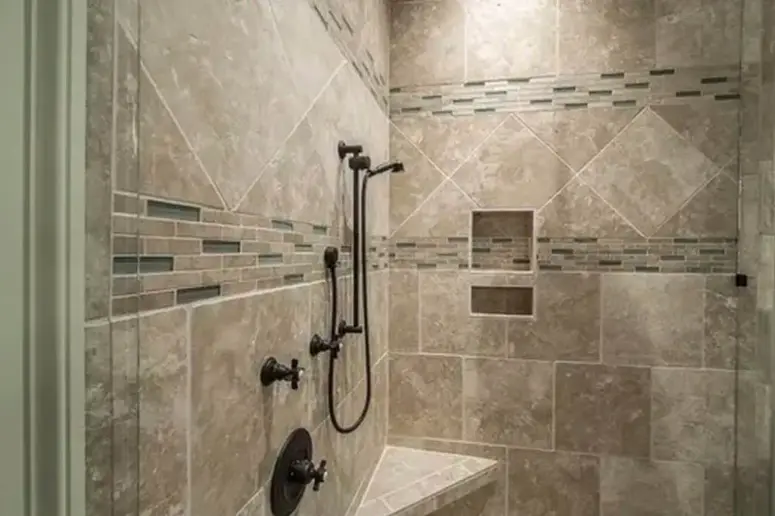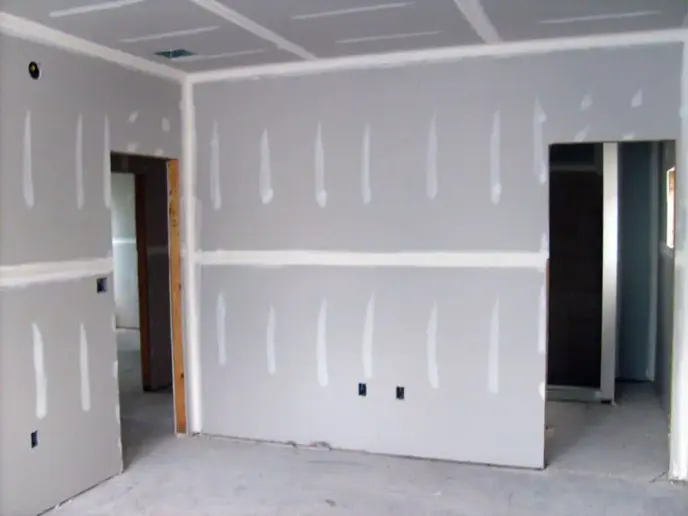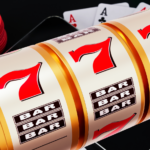Wet Wall vs Drywall – What Are The Differences?
When thinking of remodeling a home or building a new one, people spend a lot of time pondering various architectural elements and how they will fit their needs.
Plenty of attention is given to the number and size of windows, square footage, what kind of countertop to install, and other house features.
On the other hand, interior walls are often taken for granted.
However, being an integral part of your home, the type and structure of interior walls can have a great influence on the quality of life.
When it comes to wall construction, homeowners commonly have two options available – wet wall, also known as plaster wall, and drywall.
Nowadays, most houses feature the latter. Plaster walls are usually seen in older buildings, although they are still sporadically in use.
Below, I’ll compare wet wall vs drywall and explore what either of them can bring to your home.
So, let’s dive in!
What Is A Wet Wall?

Wet walls got their name because of the method of construction where plaster or stucco are applied wet.
It’s a traditional form of plastering that has been around for hundreds of years.
In ancient times, wet walls were made using sand, lime, animal hair, and water. Today, the component is gypsum plaster.
Constructing a wet wall usually involves a three-step process. It all starts by using laths to secure the framing.
Traditionally, wood strips served as laths, but lately, metal and plasterboard have become prevalent.
The laths provide the plaster with something to hold to.
Next up is mixing the plaster compound. This means adding the water to the dry compound.
This may sound easy, but it takes skill and experience to achieve the proper consistency.
When the mixture is ready, plaster is applied to the walls in three coats. Each coat must be scratched, leveled, and left to dry.
Pros And Cons Of Wet Walls
Going with the wet wall when building your home brings several important benefits, but it also comes with a few drawbacks.
What Is A Drywall

Drywall became popular in the second part of the 20th century. It is, basically, the fabricated gypsum board flattened between two layers of paper.
The side of the paper facing inwards has a rough texture, while the outside, or the face, is smooth and strong.
As drywall is pre-fabricated, it’s available in standardized sizes and uniformed thicknesses.
The installation of the drywall is fairly quick and simple. The boards are measured and cut to fit the shape of the walls and secured to the framing of the house.
Once it’s in place, drywall is taped at corners, joints, and spots where it’s fastened to the wall.
Commonly, construction workers use three layers of joint compound, sanding the wall after each layer. The drywall is covered with a few coats.
One to fill in any gaps that may appear, skim coat for covering, and, finally, pain to add color.
Pros And Cons Of Drywalls
Drywalls became very popular due to the ease numerous advantages they deliver.
Still, they do have a couple of downsides.
Wet Wall vs Drywall – What Are The Differences?
The first thing that differentiates wet walls and drywall is their popularity.
Wet walls are commonly found in older homes, while drywall is typically used in modern house development, making it far more popular nowadays.
When it comes to costs, the advantage is on the side of the drywall.
Even though the material itself is commonly more expensive than what’s needed for a wet wall, the amount of money you save on labor more than makes up for it.
Besides being cheaper, the installation of drywall is much quicker as you don’t have to wait for different layers to dry.
As for hardness and density, wet walls are almost rock-like and very dense.
This provides better insulation compared to dry walls that commonly have a cavity behind them.
The wet wall will also last longer but can show crack over time and requires more work to repair.
Conclusion
All things considered, choosing a wet plaster wall or drywall to put the finish on your walls come down to what you want from your home and what you want it to look like.
Of course, the available budget should be taken into account, too. If you want a solid build, good installation, and durability, then the wet wall is the way to go.
Especially if time and money are not an issue. In case you want more flexibility and easy installation, the drywall is the better choice.
Besides being cheaper, drywalls can be an interesting DIY project.
Whatever you choose, make sure it’s an informed decision and that you’ve done your research.



















































































